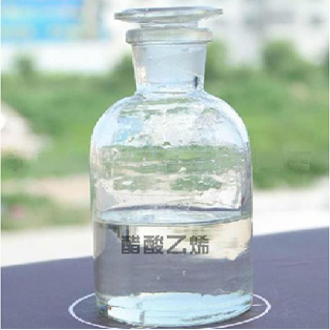
1. Chemical Properties The molecular structure of vinyl acetate contains a vinyl group and an ester group, endowing it with high reactivity. It readily undergoes polymerization reactions to form polyvinyl acetate, or under hydrolysis conditions, it can generate acetic acid and ethanol. In addition, vinyl acetate can also copolymerize with other monomers such as ethylene and propylene to produce copolymers with excellent properties. 2. Main Applications Production of Polyvinyl Alcohol (PVA): Vinyl acetate is the main raw material for the synthesis of polyvinyl alcohol. PVA is widely used in the fields of textiles, papermaking, adhesives, coatings, etc. Polyvinyl Acetate (PVAc) Emulsion: It is used for manufacturing woodworking adhesives, paper product adhesives, and architectural coatings, etc. Preparation of Copolymers: For example, ethylene-vinyl acetate copolymer (EVA) is widely used in industries such as footwear materials, films, and wires and cables. Other Chemical Products: Such as coatings, fibers, and paper coating agents, etc. 3. Production Methods The main production methods of vinyl acetate include the calcium carbide method, the ethylene method, and the natural gas method. Among them, the petroleum ethylene method has attracted much attention due to its low-cost advantage. This method uses ethylene, acetic acid, and hydrogen as raw materials for preparation. 4. Market and Prospects Since 2015, the domestic vinyl acetate market has continued to grow. In 2022, the market scale reached approximately 25.57 billion yuan, a year-on-year increase of 57.2%. With the continuous expansion of its applications in fields such as photovoltaics, the market prospects of vinyl acetate are broad.